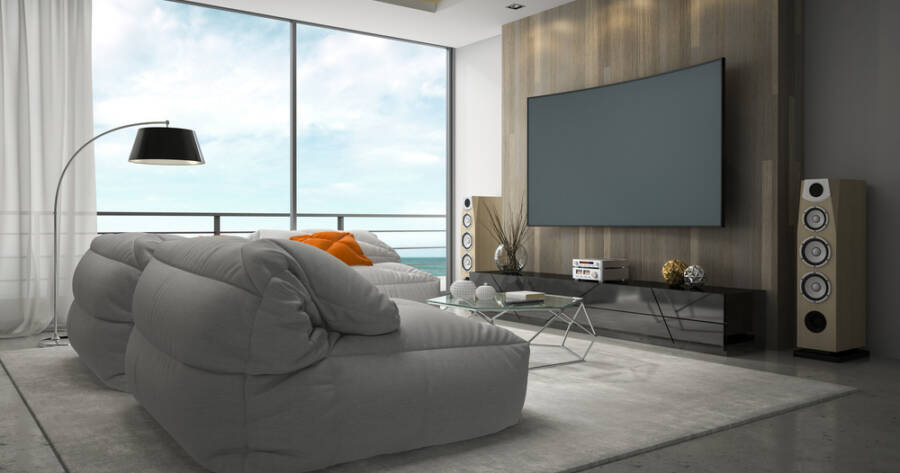Elevating the home entertainment experience through a smart home theater setup merges cutting-edge technology with cinematic audio and visuals. Exploring essential elements like display choices, audio configurations, and smart technology integration creates a cohesive and immersive atmosphere. Discover how to transform any room into a personal theater, making movie nights truly captivating.
The Ultimate Smart Home Theater Setup Guide
Setting up a smart home theater can significantly elevate the movie-watching experience at home. A high-quality home theater setup provides cinematic audio and visuals, transforming any room into a personal theater. With the advancements in technology, setting up a smart home theater has become more accessible than ever. This guide will walk through the essential elements and considerations for crafting the ultimate smart home theater setup.
Choosing the Right Display for Your Home Theater
The first step in setting up a home theater is selecting the right display. When deciding between a flat screen or a projector, it is essential to consider room size and lighting conditions. Projectors can deliver larger picture sizes ideal for big walls, while flat screens often offer better image quality due to enhanced color contrast and resistance to light interference in well-lit rooms. For moderate light environments, projectors with over 3,000 lumens are recommended to maintain bright, vivid images with sharp details.
Optimizing Audio Systems for Immersive Sound
Audio is a crucial element of the home theater experience. A comprehensive sound system includes a combination of soundbars, subwoofers, and surround speakers. Sonos soundbars are designed to improve TV audio quality and offer advanced features such as easy integration with existing devices for immersive audio. Subwoofers manage lower frequency sounds, providing deep, rich bass essential for a theater-like environment. Additionally, the inclusion of surround speakers, either wired or wireless, can fill the room with sound for a true cinema experience.
Considerations for Speaker Placement
The placement of speakers plays a significant role in achieving optimum audio quality. Strategically positioning floorstanding, center channel, and surround speakers ensures the best sound experience. For instance, calculating the ideal distance and angles from seating positions can improve sound distribution and tonal clarity throughout the room. These placement strategies enhance tonal clarity, creating an enveloping audio landscape that heightens the overall viewing experience.
Room and Acoustic Treatments
Room acoustics can dramatically affect sound quality, necessitating treatments to minimize sound imbalances and echoes. Implementing staggered or double-stud wall designs helps in reducing sound transmission, while acoustic insulation is effective against low frequencies to maintain quality sound. Additionally, smart blackout shades help to control lighting, reducing screen glare and creating a cinema-like ambiance that enhances the immersive experience.
Smart Technology and Automation
Integrating smart technologies like lighting control systems and automated features contribute to a more cinematic experience. Temperature control, via devices like the Dyson Hot and Cool Purifier, maintains a comfortable environment, while lighting systems such as Nanoleaf 4D enable synchronized color lighting that elevates the ambiance for movies and music. Automation through smart devices and buttons enhances convenience, allowing for seamless control over all home theater components.
Advantages of Advanced Audio Configurations
Audio configurations like 5.1, 7.1.2, and 9.1.4, denote the levels of audio immersion rather than the number of speakers used. Devices such as the Sonos Arc Ultra can manage multiple audio channels virtually, delivering an immersive experience that mimics the sensation of a traditional cinema setup. These configurations offer excellent options for diverse room sizes and viewer preferences from small apartments to large media rooms.
Why You Should Learn More About Smart Home Theater Setup Today
Creating the ultimate smart home theater setup enriches the home entertainment experience, making every movie night a special event. Understanding the various components and how they work together—such as displays, audio systems, room acoustics, and automation technology—ensures a cohesive and immersive atmosphere for everyone to enjoy. This guide outlines the path to a comprehensive setup, but there’s always more to explore. Staying informed on the latest technologies and configuration strategies will keep any home theater current and optimized for the best possible experience.

